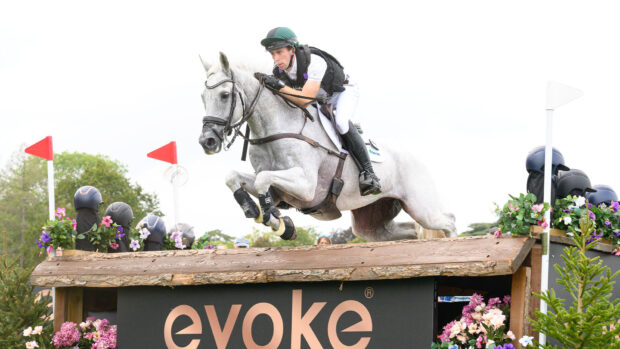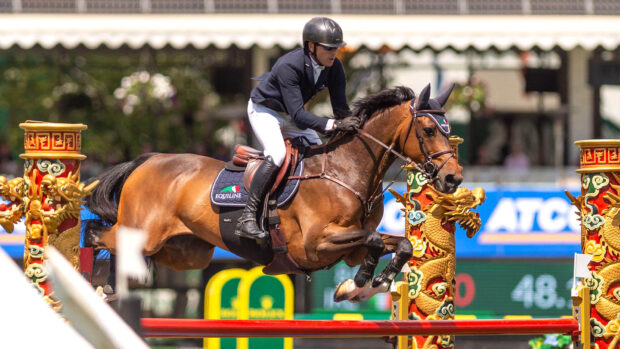Ireland’s Thoroughbred breeders have been given more than two years grace following the demise of the unique tax status that has helped the country develop into a global leader in the breeding world.
For the past 36 years, income from Irish stallion fees has been tax-free; now the exemption is to be abolished, though not until the end of July 2008. The change was announced recently by Irelands finance minister Brian Cowen in his budget speech.
The news was not unexpected the issue was brought to light earlier in the year when the Irish government confirmed it had been informed by the European Commission that the tax regime constituted state aid and was in breach of competition law.
In the aftermath, Irelands bloodstock movers and shakers among the most influential in the world must play a waiting game.
Recognising the importance of Thoroughbred breeding and racing to Ireland, Cowens department will be entering discussions with the EC, with a view to introducing a new regime appropriate to the industry.
Brian Kavanagh, chief executive of Horse Racing Ireland, said: While we are disappointed with the news, well await the outcome of discussions. But it would have been devastating had it been decided to abolish the exemption immediately.
Most of Europes top private and commercial breeders including the Aga Khan and the Maktoum family have bases in Ireland, home to more than 500 Thoroughbred stallions.
More foals are produced annually in Ireland than anywhere in Europe; this year 11,325 from 18,763 mares, compared with 5,773 from 11,836 in Britain.
The largest stallion station is Coolmore Stud in Co Tipperary, with 21 flat and 12 jump sires on the roster. The operations star, the 14-times champion sire Sadlers Wells, gives an example of the huge sums of tax-free money involved. A conservative estimate would be 150 mares a year at £150,000 each, which would generate an annual income of £22.5 million, and he started his stud career 20 years ago.
Dermot Cantillon, chairman of the Irish Thoroughbred Breeders Association, said: Were disappointed with the decision to abolish the stallion tax exemption, which has been the cornerstone of our industry and has encouraged significant investment in the Irish breeding industry over three decades. This has resulted in a thriving indigenous industry that employs more than 16,500 people.
Without the best stallions retiring to stud in Ireland, our world-class industry would go into a serious decline and this would have major consequences for horse breeders, the sport of racing and rural-based employment.
The Irish Thoroughbred industry is booming and there are understandable fears that the removal of the tax-free carrot will affect investment.
But another side of the coin is that while profits do not come into the tax equation, nor do losses, and, under the new rules, expenses such as capital and running costs, insurance and advertising could be written off.
- This news story was first published in Horse & Hound (15 December, ’05)

SUBSCRIBE TO HORSE & HOUND AND SAVEEnjoy all the latest equestrian news and competition reports delivered straight to your door every week.
To subscribe for just £1.43 a copy click here >>



